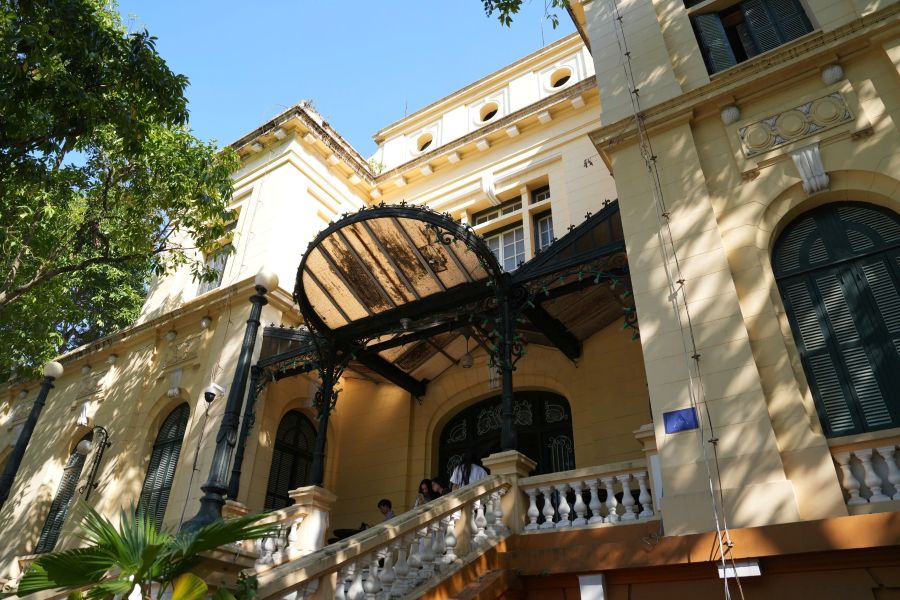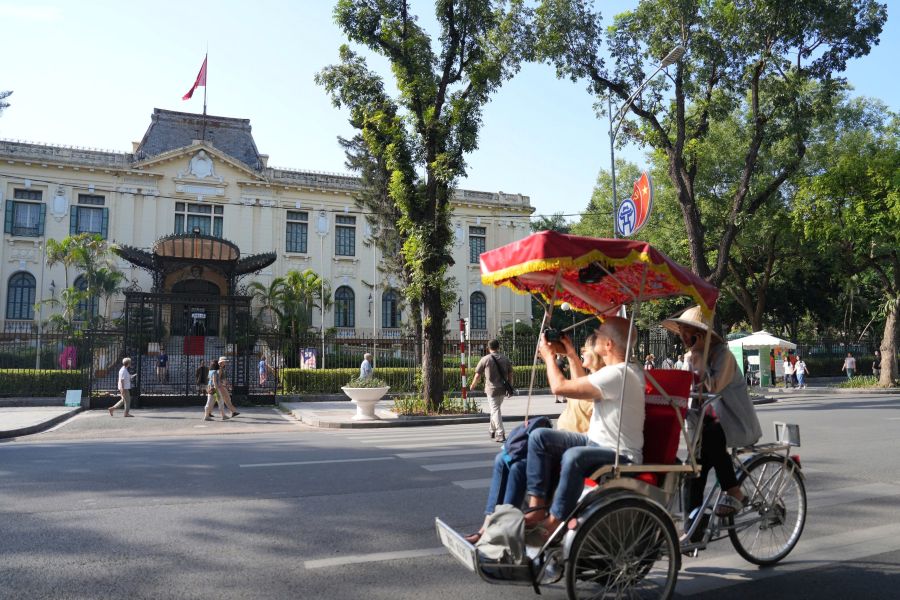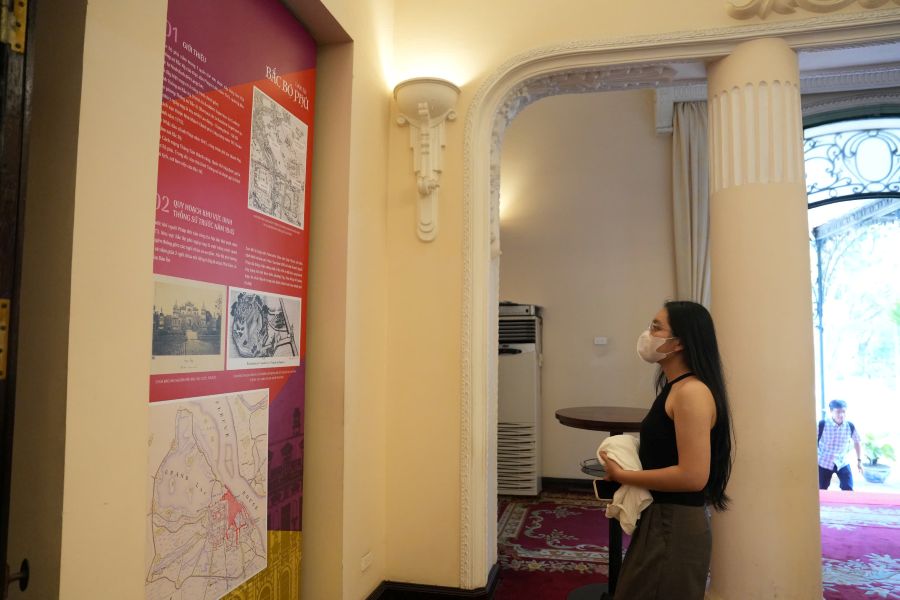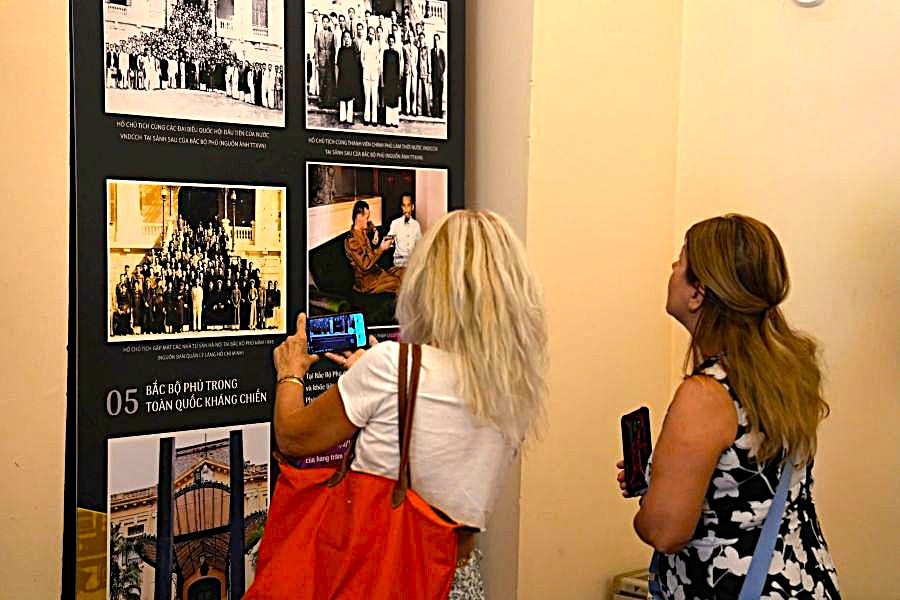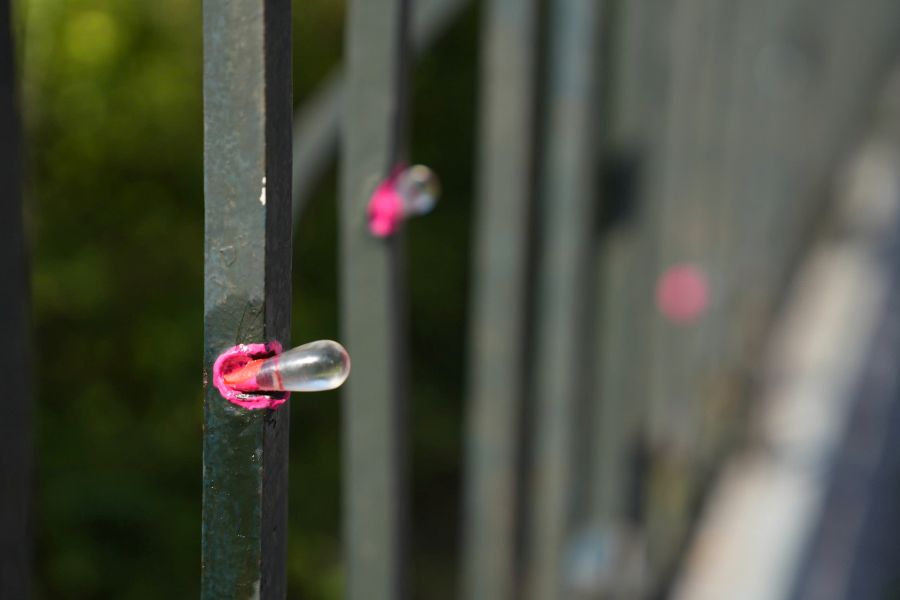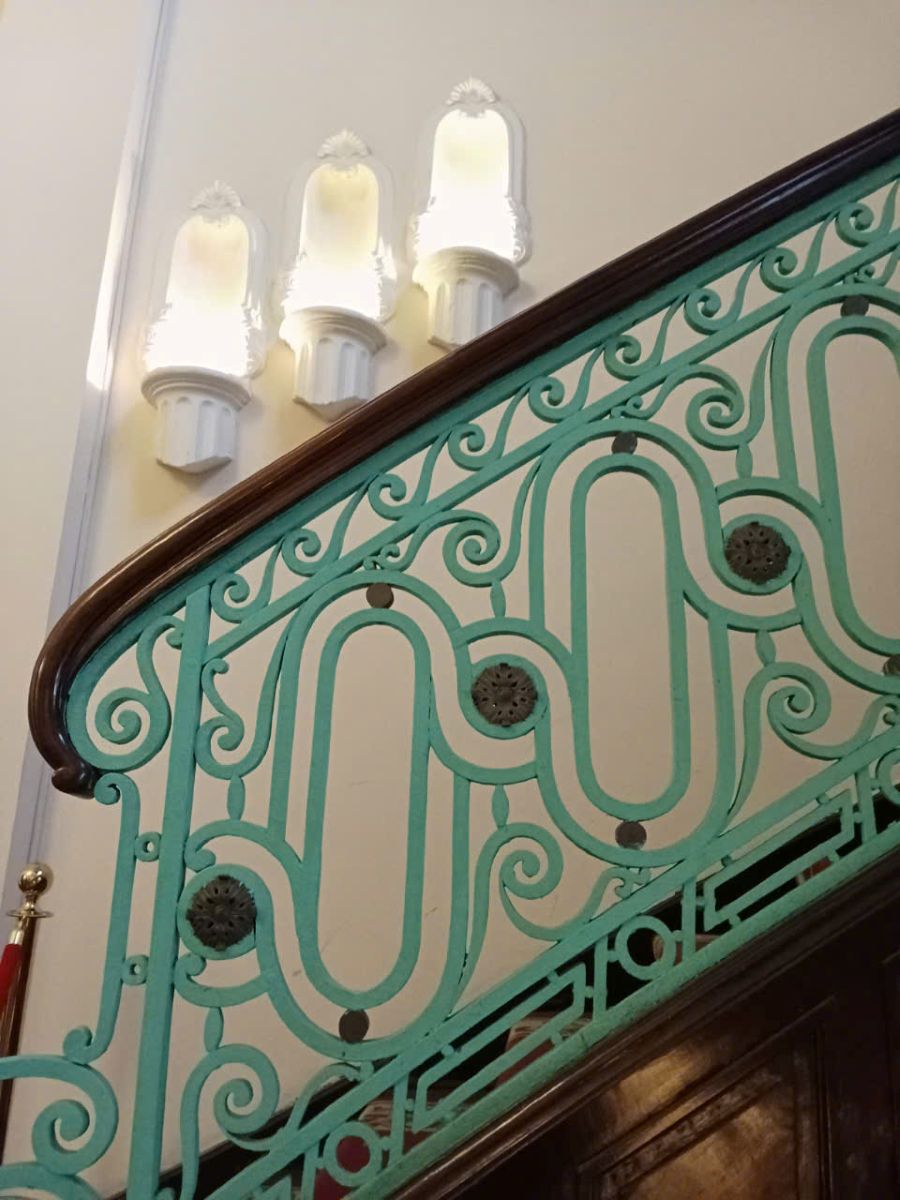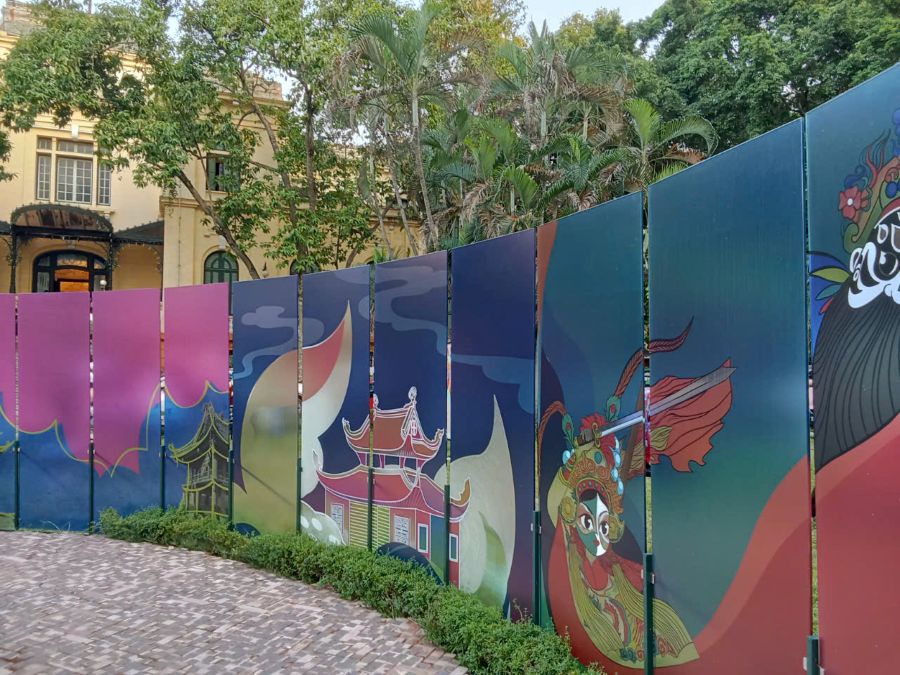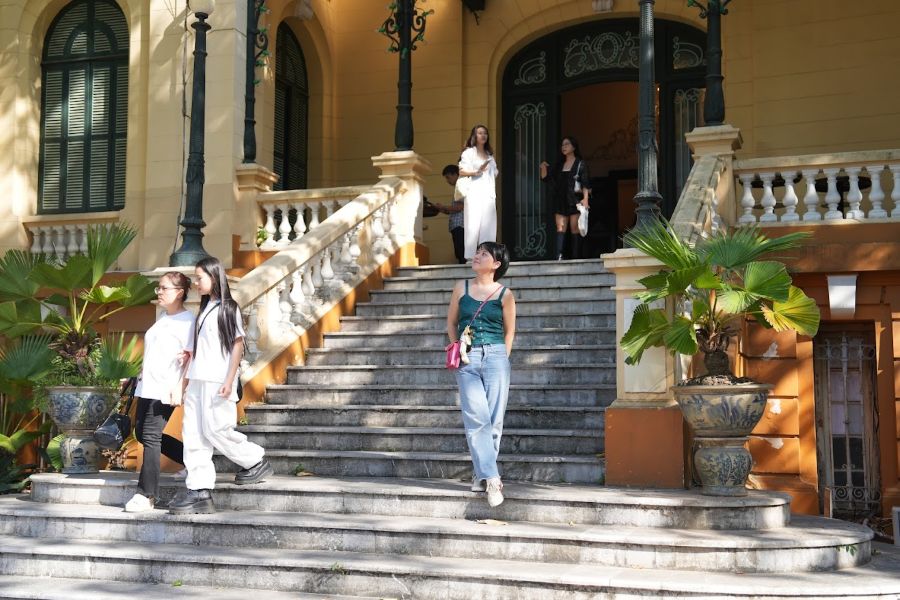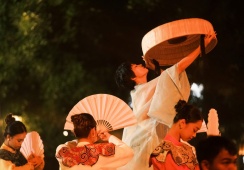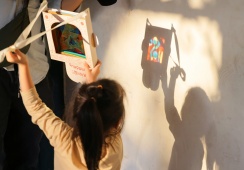The French Indochinese style building adds to the unique cultural experiences for visitors to Hanoi during the Hanoi Festival of Creative Design 2024.

The former Tonkin Palace, now the Government Guest House, at No.12 Ngo Quyen Street, Trang Tien Ward, Hoan Kiem District, Hanoi, was built in the neoclassical style by Auguste Henri Vildieu between 1918 and 1919, and was originally intended to house the French Superior Resident of Tonkin.
Its capture by the Viet Minh (League for the Independence of Vietnam) in 1945 marked the triumph of the August Revolution in Hanoi.
The Tonkin Palace, together with the Superior Resident's Office (now the headquarters of the Ministry of Labor, War Invalids and Social Affairs) on the right, the Metropole Hotel and the Dien Hong flower garden across the street, form a valuable architectural complex that holds significant historical, cultural and landscape heritage, making it a cherished part of Hanoi's heritage.
|
| The Tonkin Palace opened its doors to the public for the first time during the Hanoi Festival of Creative Design 2024. |
|
| The building was originally the residence of the Superior Resident of Tonkin and later became the palace of the Imperial Envoy to Tonkin. |
|
| Spacious and charming, the building is in a distinctive French colonial style. |
|
| On the right-hand side of the entrance, there is a room used for important diplomatic receptions and meetings. |
|
| On the left is the dining room, where hosts and guests gather for drinks after formal meetings and discussions. |
|
| In recent days, many locals and tourists, both from home and abroad, have visited to admire and learn about this historically significant landmark. |
|
| A bullet hole in the iron gate has been left intact, adding an intriguing touch that delights visitors. |
|
| The building features various exquisite architectural details. |
|
| The staircase details evoke the famous Art Nouveau style. |
|
| Visitors to the Tonkin Palace today can also admire a group of architectural works entitled 'Flow' by sculptor Pham Thai Binh and architect Truong Ngoc Lan, which evoke the images of Hanoi's glorious historical flow. |
|
| The architecture of the building is equally impressive, with a sub-entrance on Le Thach Street. |

